Entry Category: Law
 Frank Harris Lynching Article
Frank Harris Lynching Article
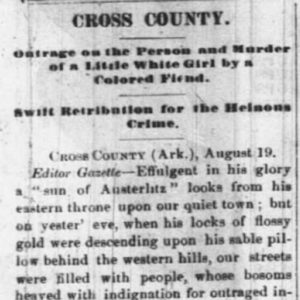 Frank Harris Lynching Article
Frank Harris Lynching Article
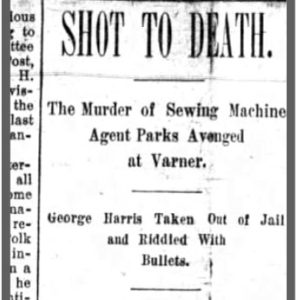 George Harris Lynching Article
George Harris Lynching Article
Harris, Gilbert (Lynching of)
Harris, Jack (Lynching of)
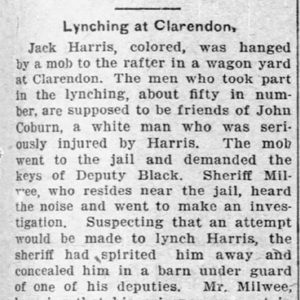 Jack Harris Lynching Article
Jack Harris Lynching Article
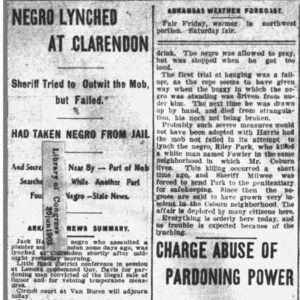 Jack Harris Lynching Article
Jack Harris Lynching Article
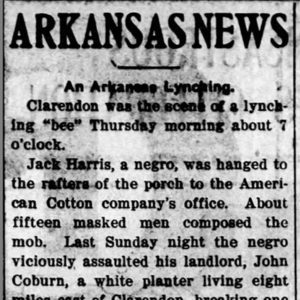 Jack Harris Lynching Article
Jack Harris Lynching Article
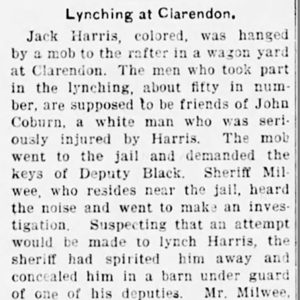 Jack Harris Lynching Article
Jack Harris Lynching Article
Harris, Oren
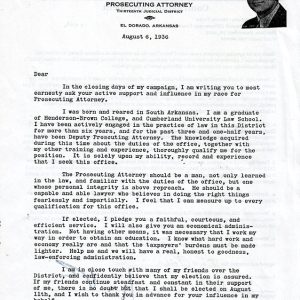 Oren Harris Campaign Letter
Oren Harris Campaign Letter
 Harrison U.S. Courthouse
Harrison U.S. Courthouse
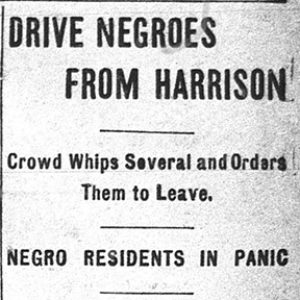 Harrison Racial Expulsion Article
Harrison Racial Expulsion Article
Harrison Race Riots of 1905 and 1909
aka: Charles Stinnett (Execution of)
Harrison, John Henry (Lawsuits Relating to the Lynching of)
Harrison, John Henry (Lynching of)
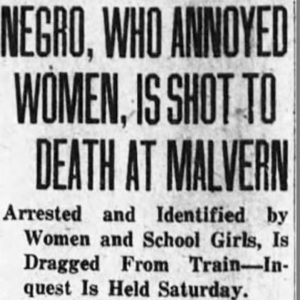 John Henry Harrison Lynching Article
John Henry Harrison Lynching Article
Harrison, William M.
Hart, Jesse Cleveland
Hart, Josephine Linker (Jo)
Hate Groups
Hawkins, Marlin Conover
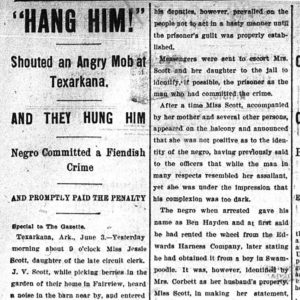 Haden Lynching Article
Haden Lynching Article
Hayden, Bud (Lynching of)
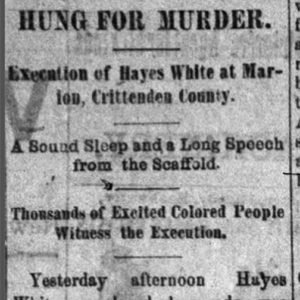 White Hayes (Execution of)
White Hayes (Execution of)
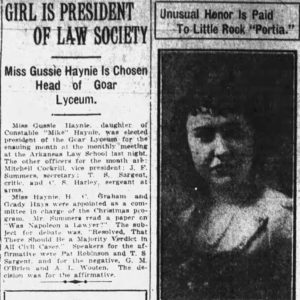 Gussie Haynie Article
Gussie Haynie Article
Haynie, Gussie Faye
Hays, Marion Steele
Hearn, May (Lynching of)
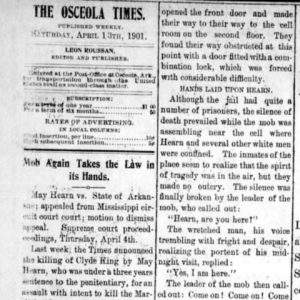 May Hearn Lynching Article
May Hearn Lynching Article
Hellom (Lynching of)
Helton, Kit (Execution of)
Hembree, Lathe (Execution of)
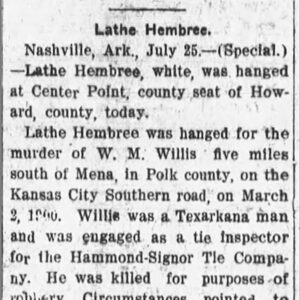 Lathe Hembree Execution Article
Lathe Hembree Execution Article
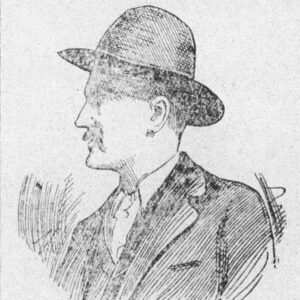 Lathe Hembree Portrait
Lathe Hembree Portrait
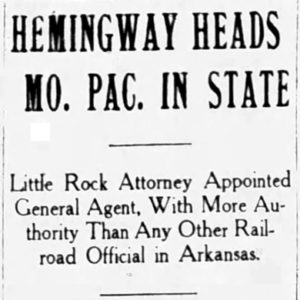 Hemingway Railroad Article
Hemingway Railroad Article
Hemingway, Wilson Edwin
Henley, Jesse Smith
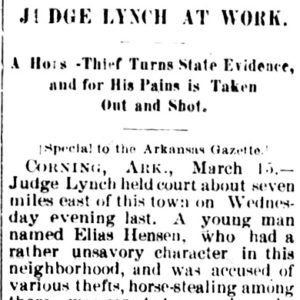 Elias Hensen Lynching Article
Elias Hensen Lynching Article
Hensen, Elias (Lynching of)
Henslee, Lee
Herrig, William (Lynching of)
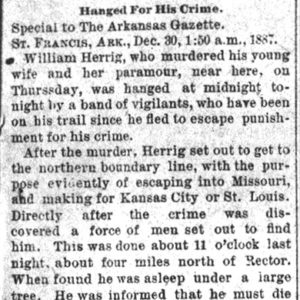 William Herrig Lynching Article
William Herrig Lynching Article
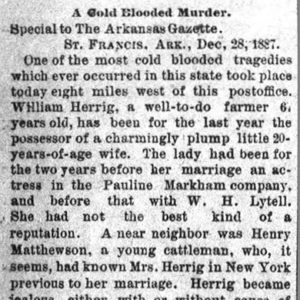 William Herrig Murders Article
William Herrig Murders Article
 Darrell D. Hickman
Darrell D. Hickman
Hickman, Darrell David
Hicks, Robert (Lynching of)
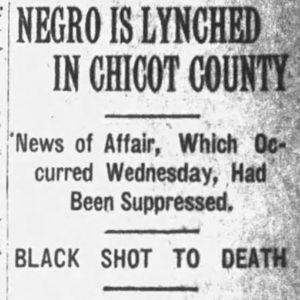 Robert Hicks Lynching Article
Robert Hicks Lynching Article




